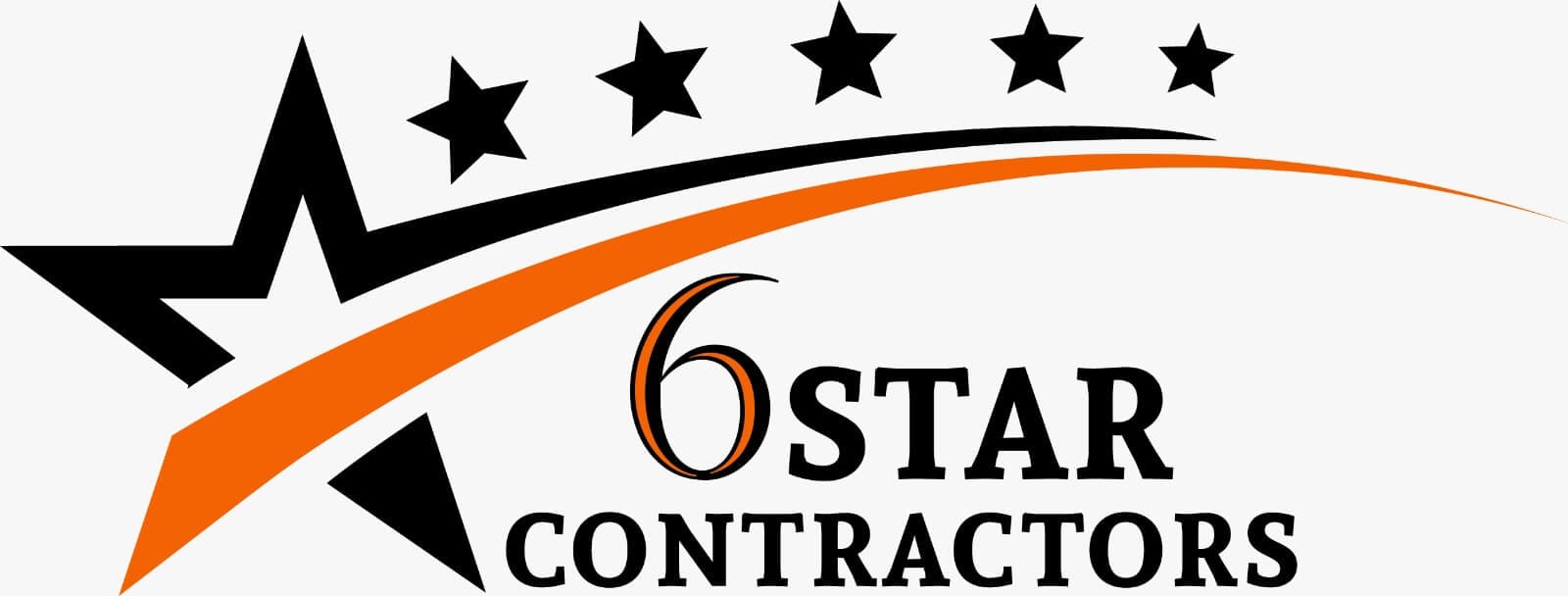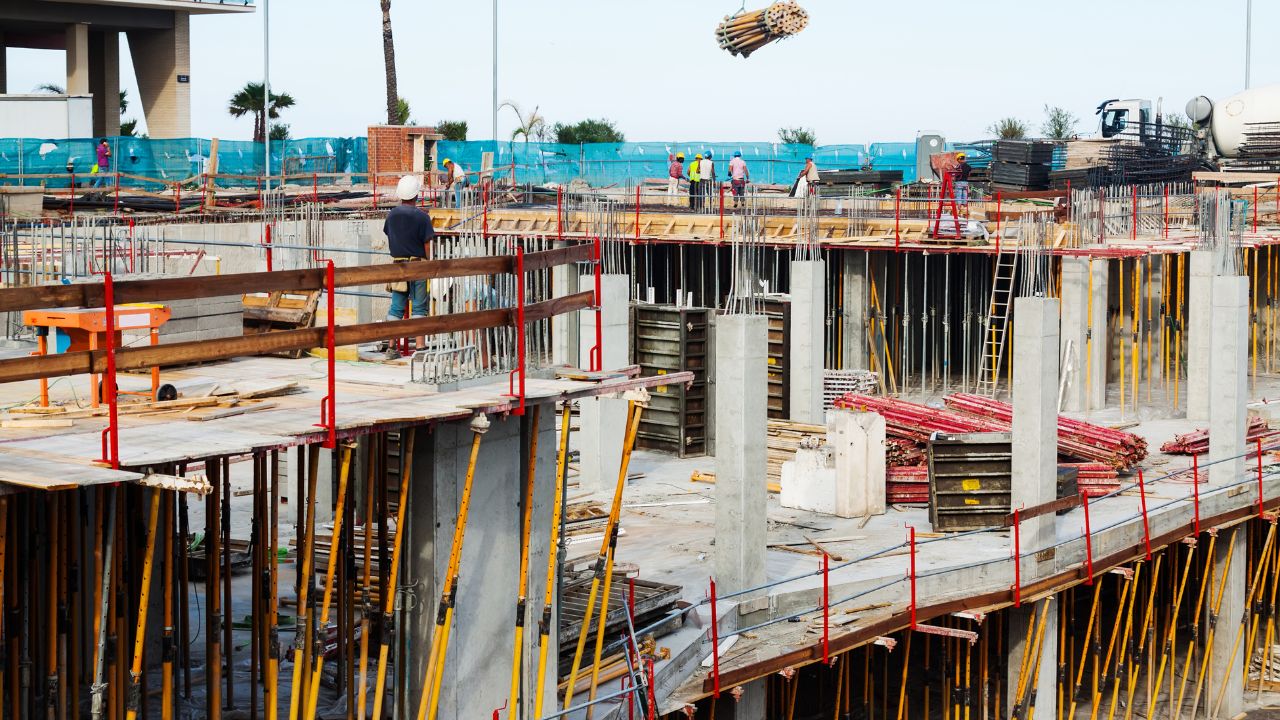Commercial Construction Cost Breakdown
In the dynamic landscape of commercial construction, mastering the art of cost breakdown is crucial to the success of your project. An in-depth understanding of your budget ensures not only efficient project execution but also sets you apart as a leader in your industry. This article will leave no stone unturned as we delve into the intricate details of a commercial construction cost breakdown, offering invaluable insights and strategies for cost optimization.
Project Scope Analysis
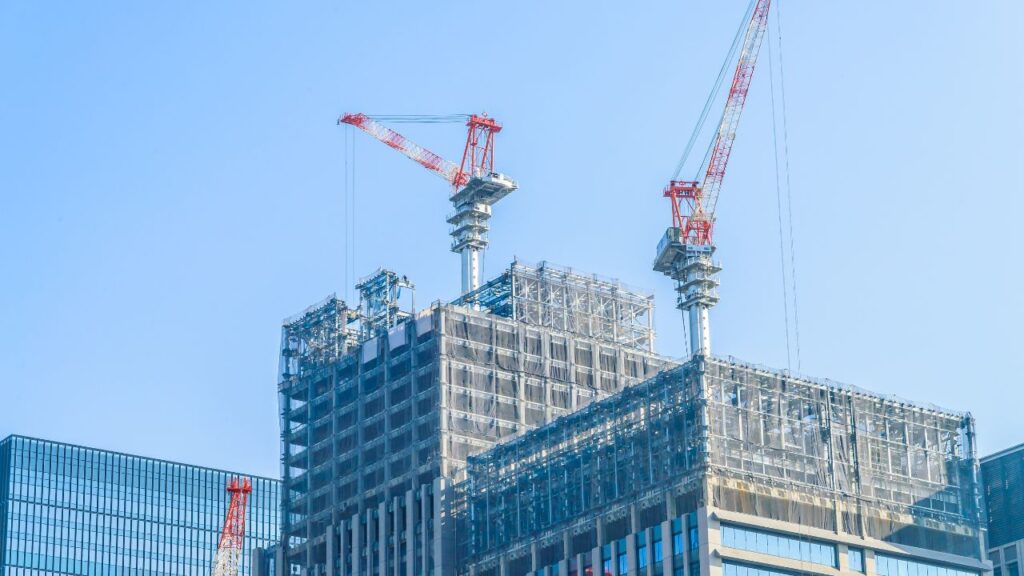
To kickstart your commercial construction project, begin with an exceptionally meticulous analysis of the project scope. This isn’t merely about understanding your project’s objectives, requirements, and specifications; it’s about breaking down the scope into granular components, such as structural considerations, interior design, and more. The devil, as they say, is in the details, and this detailed scope breakdown is the cornerstone of your cost estimation process.
Are You Looking For?

Make Informed Design Decisions Showcase Your Design Ideas
Get RenderingCall Us To Discuss More at 561-530-2845
Understanding the Square Footage
Before we delve into specific cost estimates, it’s crucial to understand how the size of your building impacts the overall expenditure. Typically, commercial building costs are measured per square foot. The larger the building, the higher the cost.
Larger buildings require more materials, labor, and time to construct, leading to increased costs. Additionally, larger structures often necessitate more complex designs, which can further inflate the budget. Therefore, determining the optimal size for your commercial building is an important initial decision that will influence the rest of the project.
Cost Categories Breakdown
Once you’ve defined the scope, the next step is to categorize the costs. A typical commercial construction project is a labyrinth of expenses, encompassing various categories, including:
Materials and Supplies
This category is a linchpin in your budget breakdown, as it accounts for the costs of all materials and supplies required for your project. The secret to optimizing these costs lies in thorough research and creative thinking. Consider options like bulk purchasing, alternative materials, or green building products to not only control expenses but also contribute to sustainability.
Labor Costs
Labor costs constitute a substantial portion of any construction project’s budget. To break down this category effectively, consider the following subcategories:
Subcontractor Costs
Hiring specialized subcontractors can be a smart move, but it requires precision and negotiation skills. Vet potential subcontractors thoroughly, request multiple quotes, and negotiate favorable terms. Your goal is to secure the best value for your specific project requirements.
Skilled Labor
Skilled laborers are often a necessity for complex tasks, but they come at a premium. Balancing your labor force with a mix of skilled and unskilled workers is a strategic move. It optimizes costs while preserving craftsmanship, ensuring a balance between quality and budget.
Unskilled Labor
Unskilled labor is essential for various aspects of a project. To control costs in this category, consider hiring locally to minimize accommodation and transportation expenses. Develop a system for onboarding and training unskilled labor to enhance productivity.
Equipment and Machinery
The category of equipment and machinery involves evaluating the costs associated with renting or purchasing heavy machinery and equipment required for your project. To optimize expenses, explore options like leasing equipment for the project’s duration, thus avoiding long-term capital investments. Moreover, factor in fuel costs, maintenance, and any specialized operators needed for the machinery.
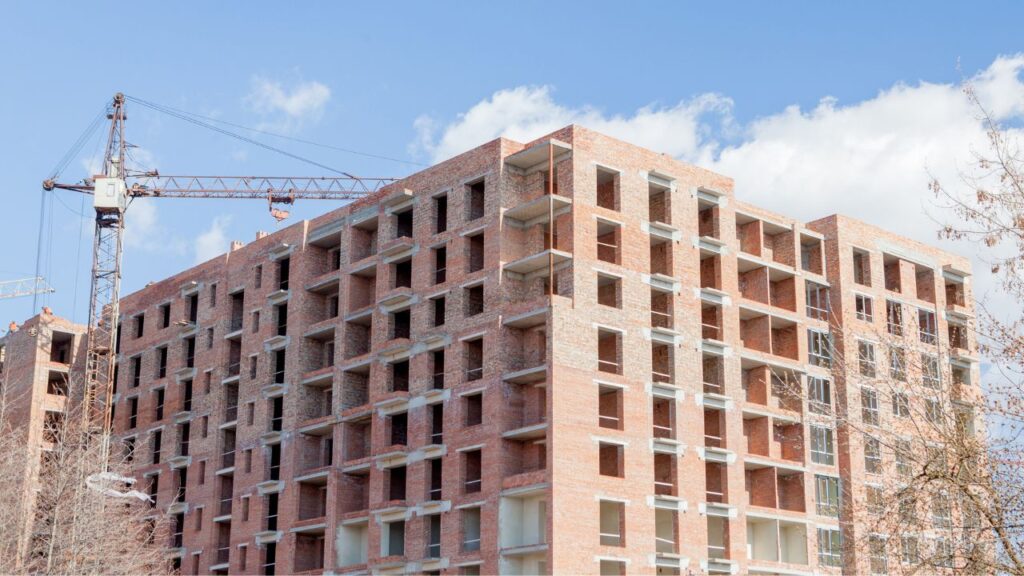
Permits and Inspections
Factor in the costs associated with permits, licenses, and inspections. Engage with local authorities and regulatory bodies to understand the specific requirements and fees for your project. Early compliance can prevent unexpected expenses and delays, while understanding local codes can save time and money.
Overhead and Contingency
Allocate a portion of your budget to cover overhead expenses and create a contingency fund for unforeseen costs. This allocation serves as a financial safety net, typically set at 5-10% of your total budget, to account for fluctuations in costs and emergencies. Planning for contingencies can be the difference between success and chaos.
Detailed Cost Estimation
With your cost categories in place, it’s time to embark on detailed cost estimation. This involves breaking down each category further, identifying specific line items, and determining their associated costs with a surgeon’s precision. Utilize a combination of historical data, market research, and expert opinions to create estimates that are as accurate as a laser-guided missile.
Quantity Takeoff
For materials and supplies, perform a meticulous quantity takeoff. This entails calculating the quantities of each item required based on your project’s specifications. Consider factors like waste, spoilage, and variations in material dimensions. Software tools can help in this process, providing pinpoint accuracy.
Labor Estimates
Obtain labor estimates from subcontractors or in-house teams. Consider labor rates, productivity expectations, and potential overtime costs. Remember that labor rates can vary depending on the project location and duration. Research thoroughly to avoid surprises.
Equipment Costs
Evaluate the cost of renting or purchasing equipment, factoring in fuel, maintenance, and specialized operators if necessary. Research available equipment options and negotiate favorable terms with equipment suppliers.
How much does it cost to build a commercial building?
The average commercial construction cost in the United States is around $530 per square foot. However, the price can range from as little as $90 to over $1,300 depending on the building type and location.
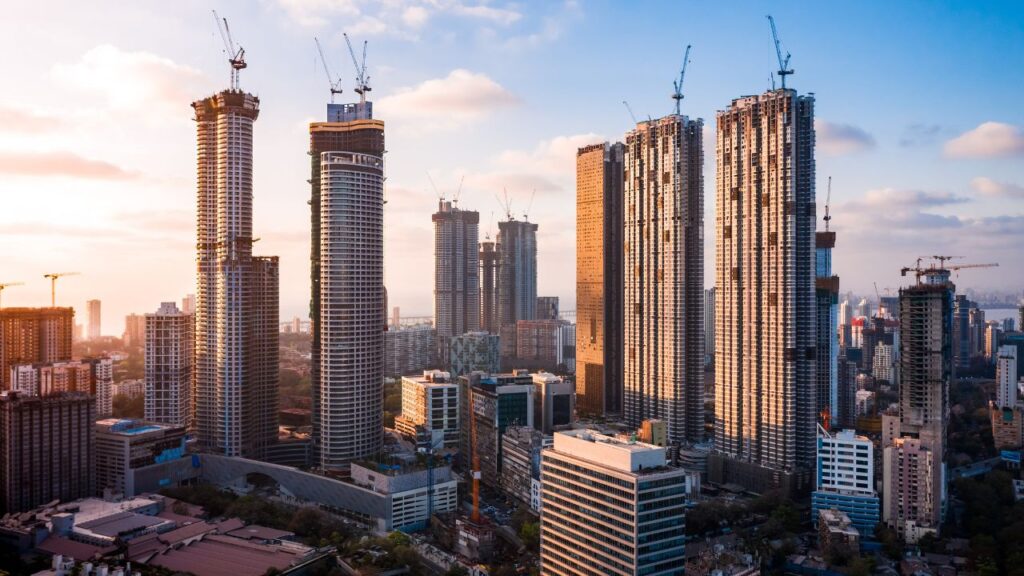
Permit and Inspection Fees
To estimate permit and inspection fees accurately, conduct in-depth research on local regulations and engage with the relevant authorities. Understand the specific requirements for your project to avoid unexpected fees and delays.
Overhead and Contingency Allocation
Allocate a reasonable percentage of your budget to cover overhead expenses and contingency. This allocation is not arbitrary but based on industry standards and the unique risks associated with your project. It serves as a financial safety net and ensures you’re well-prepared for unforeseen expenses.
Cost Optimization Strategies
To outperform your competitors, achieve Google ranking supremacy, and steer your project to success, it’s imperative to continuously optimize your cost breakdown. Here are strategies to consider:
Value Engineering
Embrace value engineering to explore alternative materials and construction methods that can lower costs without compromising quality or safety.
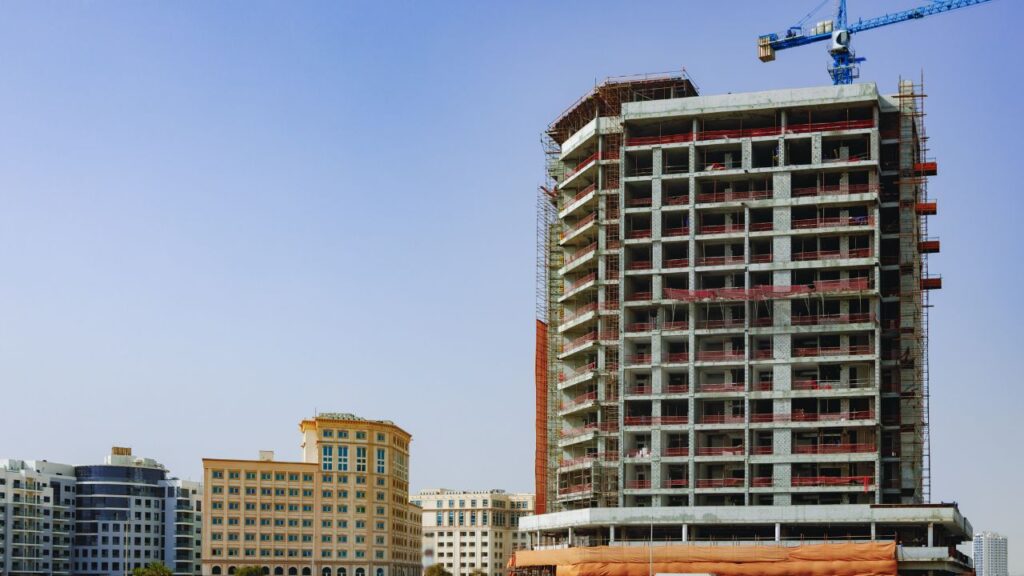
Engage with architects and engineers to identify opportunities for cost reduction while maintaining project integrity. Analyze the life-cycle costs to make informed decisions about materials and technologies.
Competitive Bidding
Solicit competitive bids from subcontractors and suppliers to secure the best prices and negotiate favorable terms. Be transparent about your project’s scope and requirements to ensure accurate bids. Negotiate for discounts on bulk purchases or long-term contracts, maximizing cost savings.
Project Management
Efficient project management can streamline operations, minimize delays, and reduce overall costs. Implement project management software to track progress, manage resources, and identify areas for cost savings. Ensure clear communication and coordination among all stakeholders to avoid costly errors and misunderstandings.
Technology Integration
Leverage construction management software and tools to track expenses, monitor project progress, and identify opportunities for cost savings. These tools streamline administrative tasks, improve decision-making, and enhance project efficiency. Explore Building Information Modeling (BIM) software to visualize your project and optimize layouts for efficiency.
Are You Looking For?

Make Informed Design Decisions Showcase Your Design Ideas
Get RenderingCall Us To Discuss More at 561-530-2845
Regular Cost Monitoring
Once your project is underway, ongoing cost monitoring is essential. Implement a robust cost tracking system to:
- Continuously monitor expenses against the budget.
- Identify any deviations from the budget.
- Take corrective actions promptly to address overruns or unexpected costs.
Conclusion
In the fiercely competitive world of commercial construction, mastering the art of cost breakdown and optimization is your golden ticket to success. By meticulously analyzing your project scope, categorizing costs, estimating with precision, and implementing strategic cost-cutting techniques, you’ll not only stay within budget but also gain a substantial advantage.
FAQs (Frequently Asked Questions)
A detailed project scope analysis allows you to break down your project into granular components, helping you identify all the necessary costs accurately. It’s the foundation for cost estimation and optimization.
To control material and supply costs, consider options like bulk purchasing, alternative materials, and green building products. Thorough research and creative thinking can help you find cost-effective solutions.
To optimize labor costs, balance skilled and unskilled labor, hire locally to reduce accommodation and transportation expenses, and vet subcontractors for the best value.
A contingency fund is vital to cover unforeseen costs and fluctuations in expenses. It acts as a financial safety net, preventing budget overruns and project delays.
Construction management software and tools can help track expenses, monitor project progress, and identify opportunities for cost savings. These tools streamline administrative tasks and enhance project efficiency.
Process To Get Commercial Construction Cost Estimate Report
Here I am going to share some steps to get your commercial construction cost estimate report.
-
You need to send your plan to us.
You can send us your plan on info@estimatorflorida.com
-
You receive a quote for your project.
Before starting your project, we send you a quote for your service. That quote will have detailed information about your project. Here you will get information about the size, difficulty, complexity and bid date when determining pricing.
-
Get Estimate Report
Our team will takeoff and estimate your project. When we deliver you’ll receive a PDF and an Excel file of your estimate. We can also offer construction lead generation services for the jobs you’d like to pursue further.
Google Reviews

